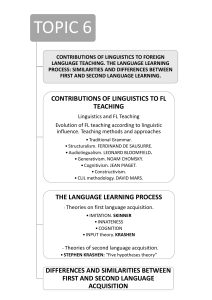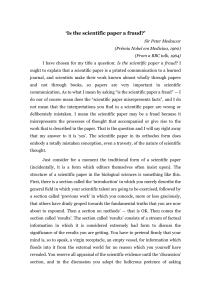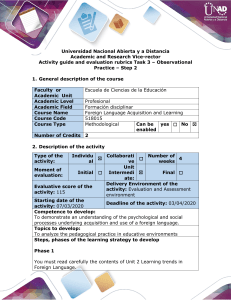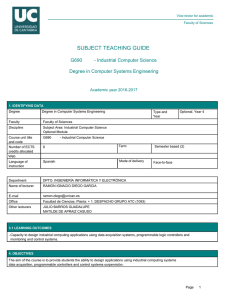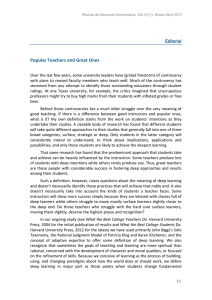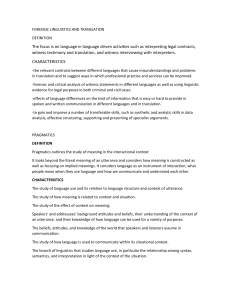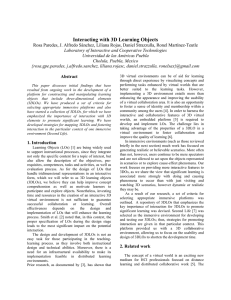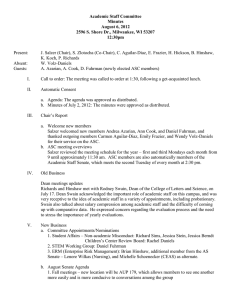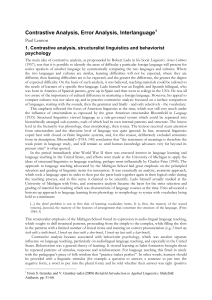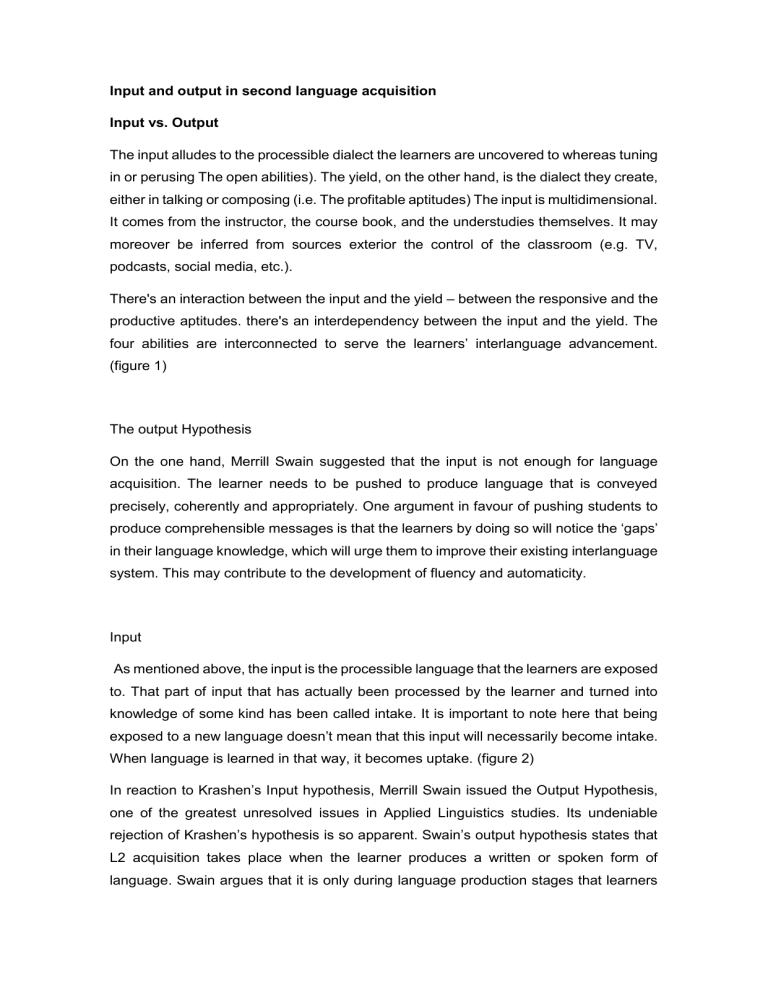
Input and output in second language acquisition Input vs. Output The input alludes to the processible dialect the learners are uncovered to whereas tuning in or perusing The open abilities). The yield, on the other hand, is the dialect they create, either in talking or composing (i.e. The profitable aptitudes) The input is multidimensional. It comes from the instructor, the course book, and the understudies themselves. It may moreover be inferred from sources exterior the control of the classroom (e.g. TV, podcasts, social media, etc.). There's an interaction between the input and the yield – between the responsive and the productive aptitudes. there's an interdependency between the input and the yield. The four abilities are interconnected to serve the learners’ interlanguage advancement. (figure 1) The output Hypothesis On the one hand, Merrill Swain suggested that the input is not enough for language acquisition. The learner needs to be pushed to produce language that is conveyed precisely, coherently and appropriately. One argument in favour of pushing students to produce comprehensible messages is that the learners by doing so will notice the ‘gaps’ in their language knowledge, which will urge them to improve their existing interlanguage system. This may contribute to the development of fluency and automaticity. Input As mentioned above, the input is the processible language that the learners are exposed to. That part of input that has actually been processed by the learner and turned into knowledge of some kind has been called intake. It is important to note here that being exposed to a new language doesn’t mean that this input will necessarily become intake. When language is learned in that way, it becomes uptake. (figure 2) In reaction to Krashen’s Input hypothesis, Merrill Swain issued the Output Hypothesis, one of the greatest unresolved issues in Applied Linguistics studies. Its undeniable rejection of Krashen’s hypothesis is so apparent. Swain’s output hypothesis states that L2 acquisition takes place when the learner produces a written or spoken form of language. Swain argues that it is only during language production stages that learners realize what they know and what they do not and how the fill in the gap when their linguistic knowledge of the L2 falls short to convey the meaning. By noticing the gap, the learner becomes aware of it and might be able to modify his/her output so that he/she learns something new about the target language. In this respect the language used by the teacher and the students is seen as a tool conductive to reflection. In light of what has been mentioned before about the important role of output in L2 acquisition, Swain, however, admits that output is not solely responsible for L2 acquisition while, on the other hand, Krashen considers input hugely responsible for language acquisition, swain sees that language production is of utmost importance while Krashen considers it as not necessary since it will appear naturally after a certain amount of comprehensible input. Krashen and Swain both refer to the significant role of input during L2 acquisition. However, both differ in the way how this factor affects L2 acquisition. Krashen’s hypothesis attempts to answer questions for how language is acquired while Swain believes that reasonable external factors can also help people learn languages. Krashen,S.D.(1985). The Input Hypothesis. Issues and Implications. Longman. New York. Swain, M. (1985). Communicative Competence: Some Roles of Comprehensible Input and Comprehensible Output in its Development. In S. Gass & C. Madden (Eds.), Input in Second Language Acquisition. Rowley, MA.: Newbury House. https://www.myenglishpages.com/blog/input-and-output-in-second-languageacquisition/ Input Processible language. Accessible language data. Intake Processed Uptake language. Learned language. Language noticed, attended to and Language that has become part of the learners’ processed. interlanguage system.
